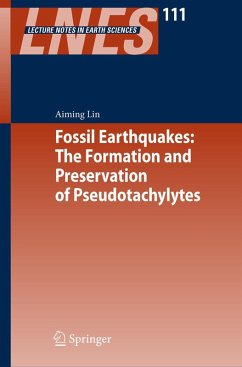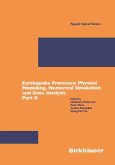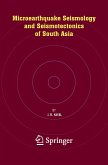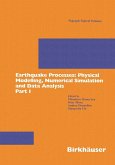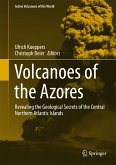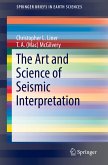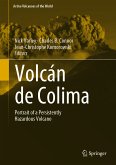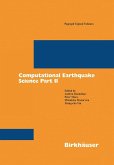Dieser Download kann aus rechtlichen Gründen nur mit Rechnungsadresse in A, B, BG, CY, CZ, D, DK, EW, E, FIN, F, GR, HR, H, IRL, I, LT, L, LR, M, NL, PL, P, R, S, SLO, SK ausgeliefert werden.
"The book by Professor Lin provides an overview of the current understanding of fault-related pseudotachylytes. The overview is based on a comprehensive examination of the literature and on the experience of the author ... . It will be helpful for students and researchers involved in the new era of pseudotachylyte research, which relies more and more on high-velocity friction experiments." (Olivier Fabbri, The Journal of Geology, Vol. 116, 2008)

